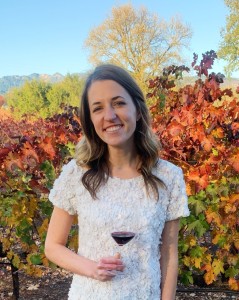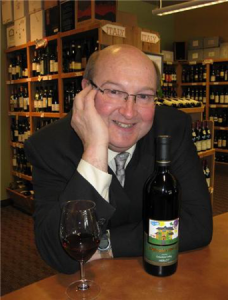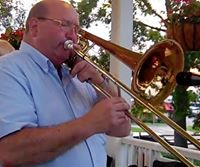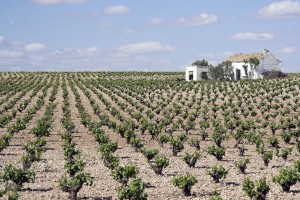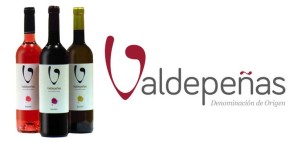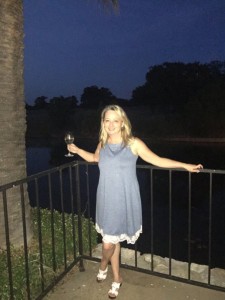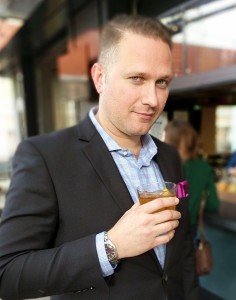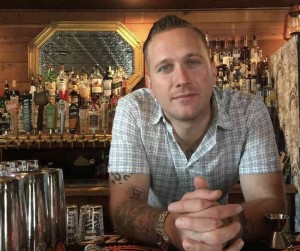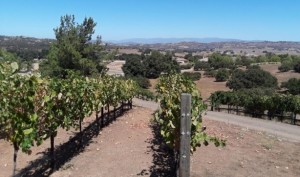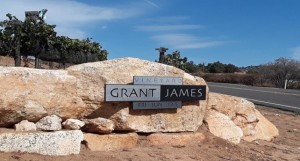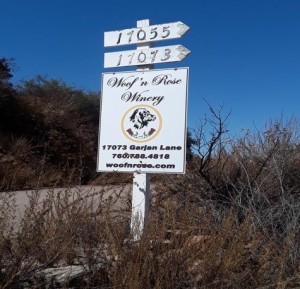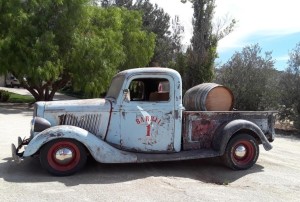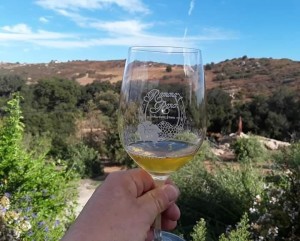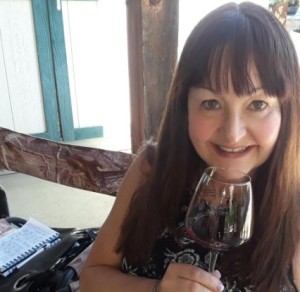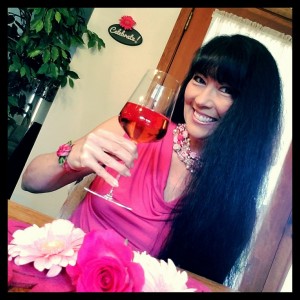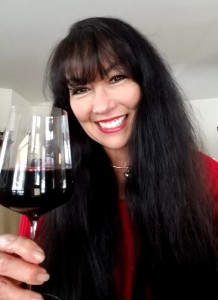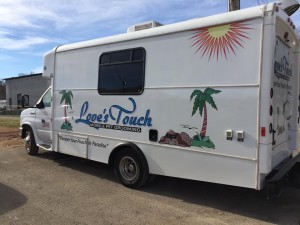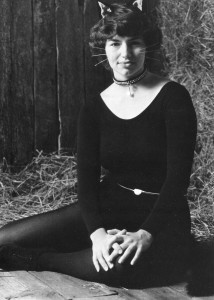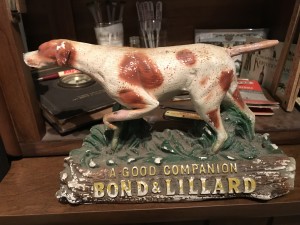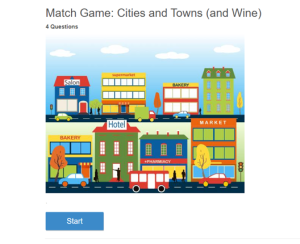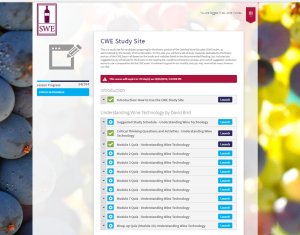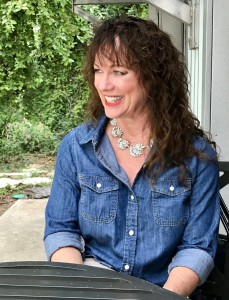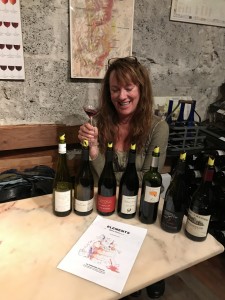One Saturday morning when she was ten years old, Madison Kreamer happened upon a cooking show on television and was so entranced that from then on she could always be found in the kitchen. She was, it seemed, destined to work in some capacity in the hospitality industry. She thought about going to culinary school but wanted the complete college experience and the ‘southern charm and highly regarded hospitality program led me to Auburn University.’ Madison has said that she doesn’t like to stand still, and her years in college were certainly full of exploration into the world of hospitality: working at Dean and DeLuca on the December/January break every year; being a culinary intern at a fine dining restaurant in Alys Beach, Florida, between her sophomore and junior year; and pursuing an event planning internship in New York City between her junior and senior year.
In the midst of all these internships, she had the opportunity in 2016 to study in Ariccia, Italy, a small town outside Rome. And it was there that she discovered the vast world of wine. She describes the wonder, the romance, of wine in this way: ‘Each bottle of wine has its own story, representing timeless dedication and hard work. One bottle of wine can bring together individuals from all walks of life and create memories to last a lifetime. Enjoying a bottle of wine truly reminded me of the joy I received from cooking. After spending hours in the kitchen, there is nothing quite like sitting around the table, conversing, and enjoying a delicious meal with friends and family. It was the hard work and the reward that I enjoy so much. To me, wine represents the same hard work and reward.’ She was on her way to a career in the wine industry.
Returning to the States, she took her first wine course at Auburn, which built a strong base of wine knowledge and aided her in passing the Introductory Sommelier exam. Enter Trinchero Family Estates. Trinchero sponsors seven hospitality programs around the country, including one at Auburn, for students to visit Napa Valley. During the trip, participants are sponsored to take the CSW exam and are introduced to the wine industry through various educational seminars. Madison visited Napa in her senior year and lost her heart to the place. Accordingly, after graduation she packed up her car and moved to Napa to be a Wine Education Intern for TFE. It was a six month internship, which she describes as ‘hands down the most fun, challenging, rewarding job I have ever experienced.’ She dove in head first, under the mentorship of Barry Wiss, Vice President of Trade Relations for TFE and former president of the Society of Wine Educators. With his guidance, and much study and hard work, she has advanced to become the Wine and Spirits Education Manager for Trinchero, and has had the opportunity to take and pass the CSW, the CSS, and the CWE. It is worth noting that she believes that the CSW and the CSS are certifications that every wine professional should strive for in order to prepare themselves as industry professionals to educate consumers about their products, and she is appreciative of the SWE for helping her build up her wine knowledge and expertise.
Madison aims to continue building her resume with additional wine certifications, but she is most excited about simply becoming more knowledgeable about wine and communicating that love to others. The SWE has been important part of her wine experience along the way, and she is looking forward to being more fully involved with the SWE in the future. She cherishes the camaraderie in Napa Valley as people together explore the world of wine. (And she still loves to cook, too!). In her words: ‘If you were to tell me that I would be working in the wine industry ten or even five years ago, I would have thought you were crazy. I used to think an open bottle of wine had a shelf life like vodka and was not even sure how red wine got its color, but its funny how things work out. Today I could not be happier to be in the wine industry and to work for such a great company.’
Guest post written by Reverend Paul Bailey
If you are a SWE certificate holder and would like to be featured in our “On the Radar” series, please contact our Director of Education and Certification, Jane A. Nickles: jnickles@societyofwineeducators.org
